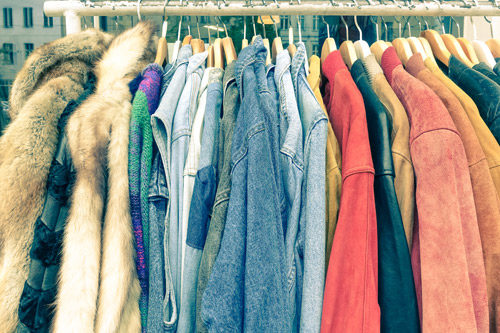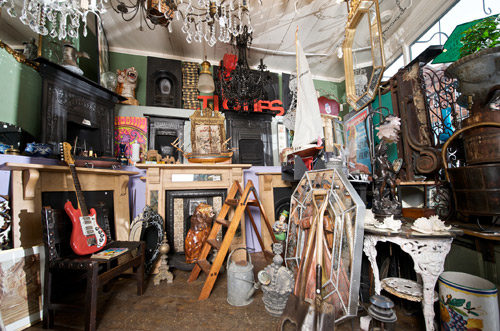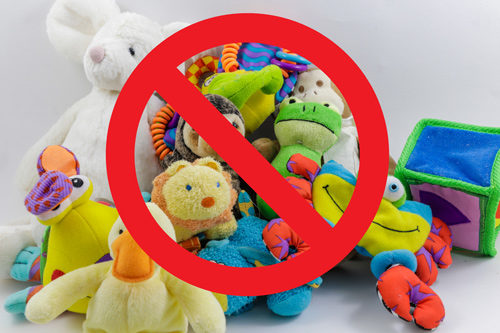10 Tips for Saving Time at Thrift Stores
Thrifting is for the adventurous, the off-beat, and — for the most part — the unhurried.
But when you shop resale, you’re potentially saving garments from joining the 85 percent of clothing that ends up in landfills. The thrill of the hunt is spreading to more shoppers each year. Some people thrift to find vintage, unique threads, and others are searching for high-end brands they couldn’t otherwise afford. Online resaler thredUP compiled surveys and industry data to find that around 40 percent of millennials thrifted last year, and the resale market is expected to double from 2017 to 2022.
If you’re new to the idea, thrifting can seem overwhelming. Flea markets, consignment shops, secondhand stores, and antique shops all require a unique strategy to get the best deals, but some cardinal rules can help you cut through the clutter and score your treasures in less time.
Thrift Seasonally

When it comes to secondhand stores, the inventory is driven by donations. If you visit stores in the spring and summer — when people tend to clear out their unused possessions — you might have a better chance at finding your holy grail of vintage kitsch. In college towns, thrift stores are loaded up with unwanted appliances and furniture at the end of each semester.
Shop by Locale
Just as the characteristics of neighborhoods differ, so will the contents of their thrift stores. For high-end electronics and brands, shop at stores in wealthier areas. If you’re looking for trendy surprises, go to an artsy district.
Browse Often
Resale inventory changes quickly, so your chances of landing a sweet deal are better if you stop in every once in a while. It could take weeks or months, but finding your dream dresser or a tags-on linen jacket will make it all worth it.
Thrift through the Week
Since stores get a bulk of their donations over the weekend, the perfect time for shopping is usually Tuesday through Thursday. At this point, they’ve had a chance to process their inventory, and the next weekend rush hasn’t yet come to pick over the good stuff.
Have a Plan

Getting sucked into the unexpected wonders of Goodwill is easy, but you’re going to need a strategy if you don’t want to waste your entire afternoon. The sheer volume of the store might be too much to take in at once, so focus on shoes or jeans if that’s what you need. Look at shirts and pants a size below and above your own, since sizes can fluctuate for older clothing and different brands. Most veteran thrifters place everything that’s a “maybe” in their cart and discard everything they don’t absolutely need at the end.
Check Clothes
Remember that you’re often dealing with previously worn clothing. That means it could have rips and stains that aren’t apparent at first glance. Before you fall in love with that Rag & Bone dress, check it inside and out for any non-negotiable damage.
Bring a Tape Measure
Measure twice, and buy once. Make sure you know the dimensions of the space you’re trying to fill so you can quickly decipher whether a piece of furniture is going to work. It should go without saying that you’ll need the proper transportation.
Test Electronics
If it has a cord, plug it in to make sure it works.
Keep Track of Discounts and Sales
Follow your favorite stores on social media or join their mailing list to stay up-to-date on weekly specials. Military discounts, senior discounts, and other sales can turn a regular bargain into a spectacular buy.
To Buy or Not to Buy

Buy: Ties, frames, solid wood furniture, vinyl, books, shoes, baskets, t-shirts, vases, baby clothes
Avoid: undergarments, swimwear, pillows, stuffed animals.